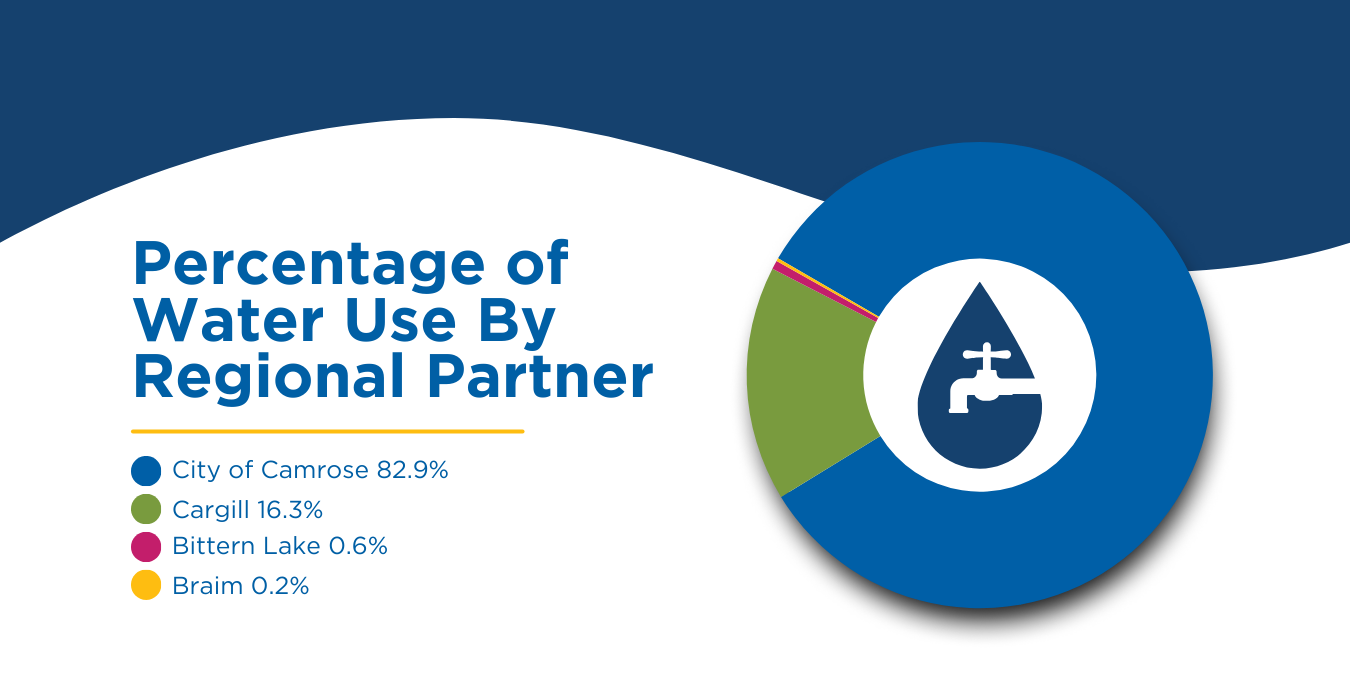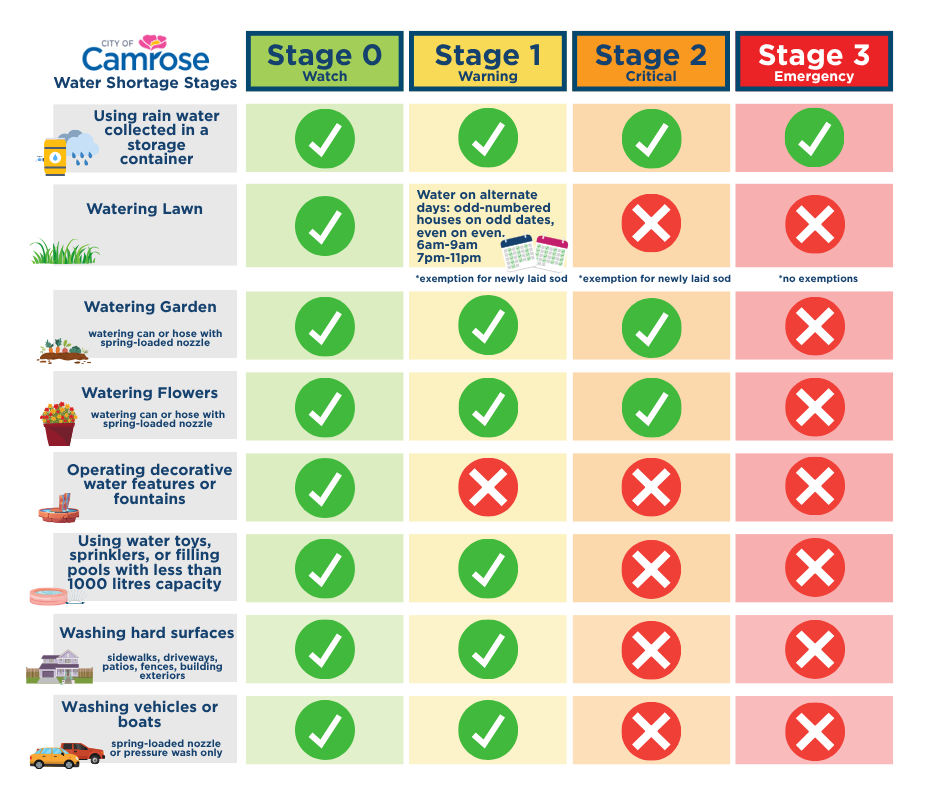Don't water until plants need it
Plants tend to die from over-watering rather than under-watering. For many garden plants, let your finger judge whether the plant needs water. Stick your finger near the base of the plant and if it is dry than the plant needs to be watered. A withering plant is another sign that it needs to be watered. Only use as much water as necessary.
Prioritize watering needs
Most lawns, not including Kentucky Bluegrass, will become dormant if not watered. Watering is not always needed, and the grass will recover when the rain returns. Lawns only need about 2 inches of rainfall. Let your lawn “go gold” and save the money, water and effort.
Keep off your grass
Avoid walking on grass and mowing lawns (do not remove more than 1/3 of the blade of grass) in periods of drought. These create more stress for the grass and will need more water. Leaving the clippings will also help the soil keep its moisture.
Help the neediest plants first
Focus watering on new plantings, vegetables and tender annuals. Native plants and most perennials can wait for the next rainfall to arrive.
Cover your swimming pool
Covering your pool will help reduce evaporation. An average-sized pool can lose about 1782 litres per day if not covered. Pool covers cut water losses by 90% while keeping it much cleaner.
Use a broom to clean driveways and sidewalks
Sweeping paved areas will clean them without wasting water. This also stops the washing of organic matter and fertilizers into storm drains.
Don't let water run while washing your car
Get the car wet, and then turn off the water while you wash the car with a bucket of soapy water. Try to wash your car on the lawn so none of the water is wasted. During drought season consider not washing your car but if it is necessary, consider using recycled water.
Don't use sprinkler for entertainment
Running through the water or hose is a fun way to keep cool, but it comes at the cost of hundreds of litres water in a short amount of time. Also, running on the grass will compact the soils and lead to a less healthy lawn.
Try to water with the weather
Water when temperatures are lower and winds are calm to avoid evaporation. Avoid windy days as it will cause the water to evaporate quickly and carry the water where it is not needed.
Don't water pavement
Position sprinklers so that water is aimed directly at lawn and garden areas rather than sidewalks, paths, and driveways. Consider using organic mulches next to sidewalks and curbs to reduce run off.
Large drops, less waste
Use sprinklers that spray large drops rather than mist. This lowers losses through evaporation. The large droplets will also help the roots stronger against heat and drought.
Use watering cans, whenever possible
For a few patio plants, watering from a container is better than watering with a hose.
Capture and recycle rainwater
Place rain barrels or buckets beneath your down spouts. 1,000 sq. ft. of roof surface will collect 1590 litres of water in every inch of rainfall. Not only does it save water, but rainwater is much better for your plants than tap water.
Native planting
Consider growing drought tolerant plants or try xeriscaping. Native plants have adapted to thrive in our area. These types of plants can survive with less than an inch of water a week.
Keep weeds out of flower and vegetable gardens
Weeds are known for stealing water from other prized plants. Remove weeds by hand whenever possible. This helps avoid the water loss to unwanted plants.


